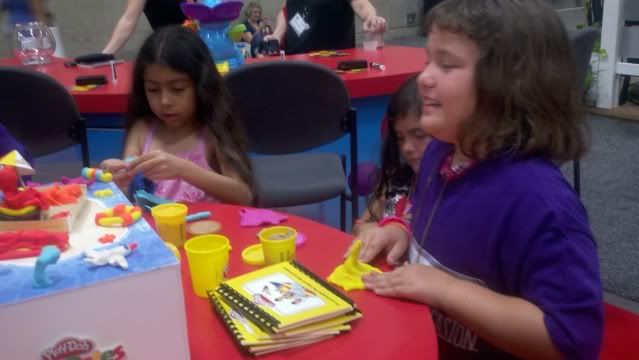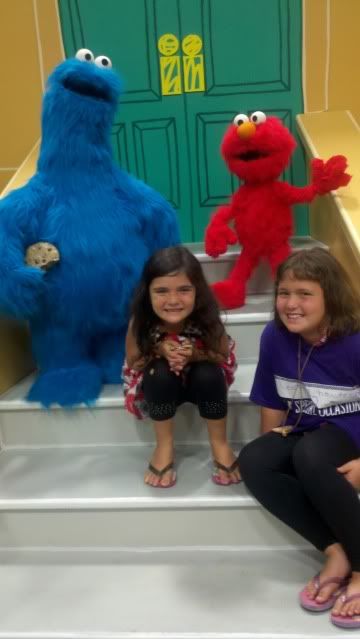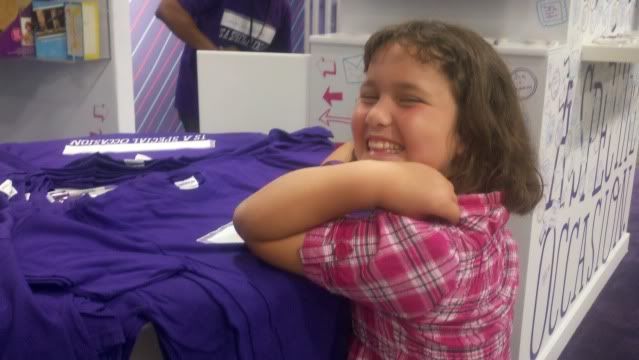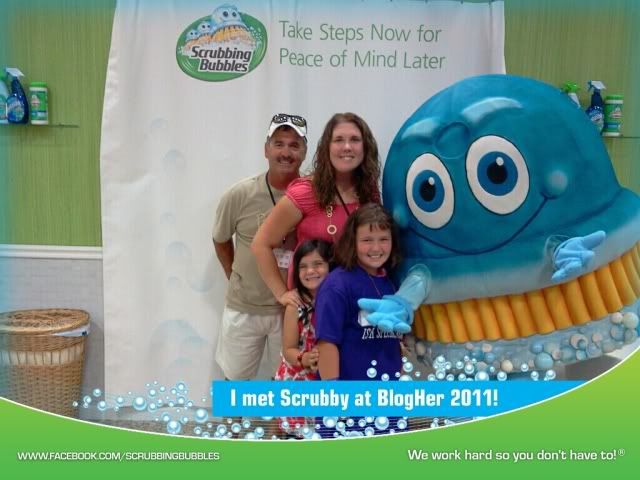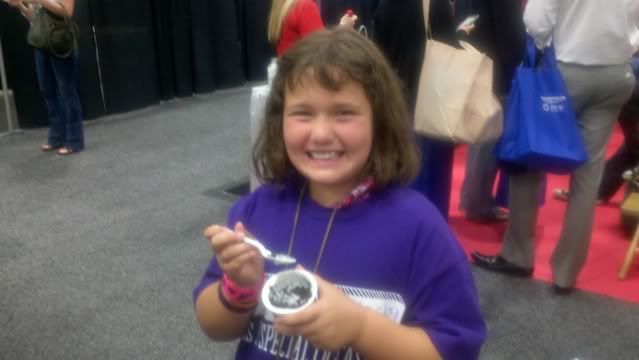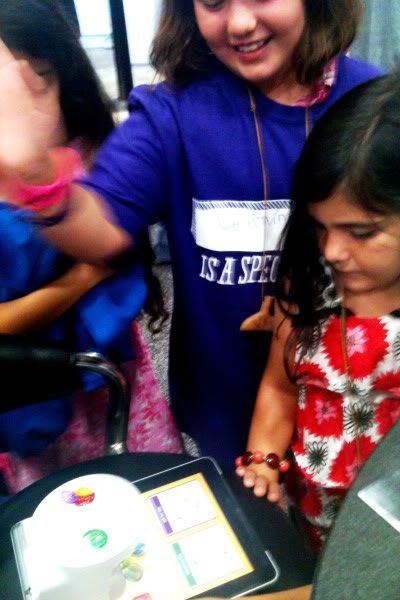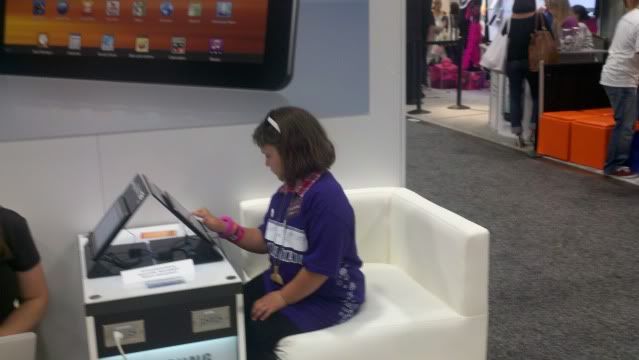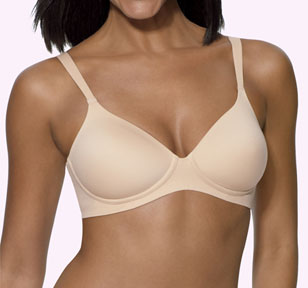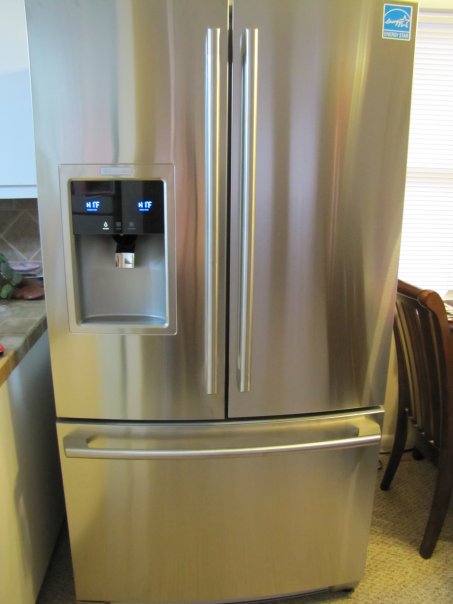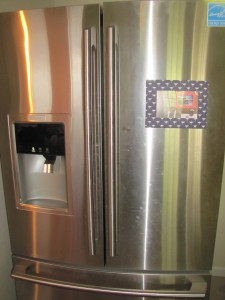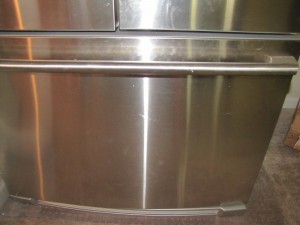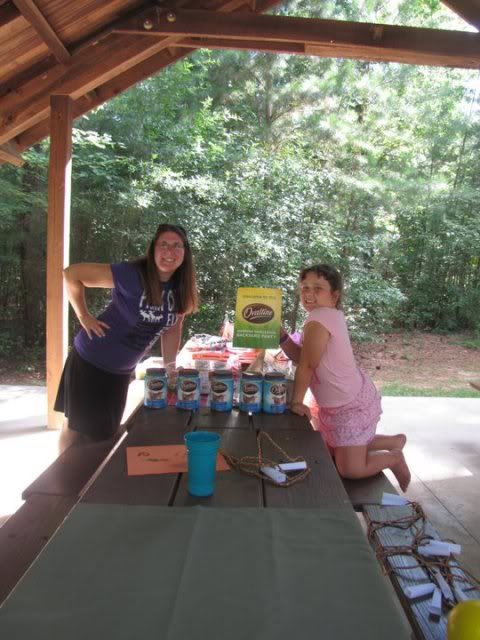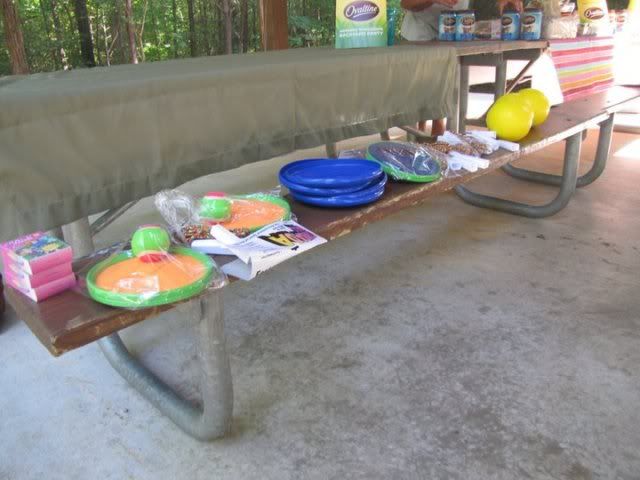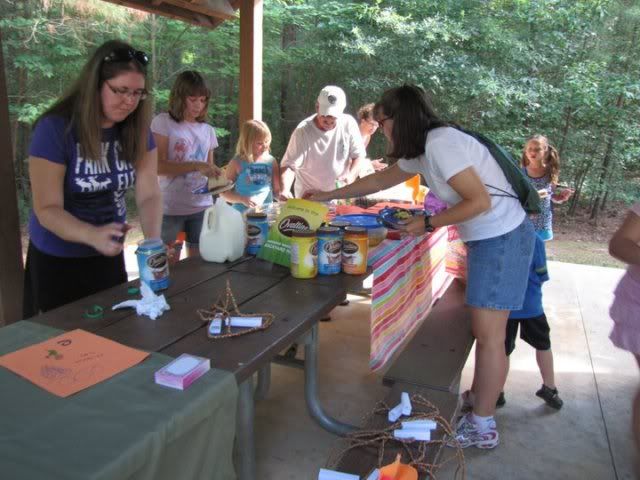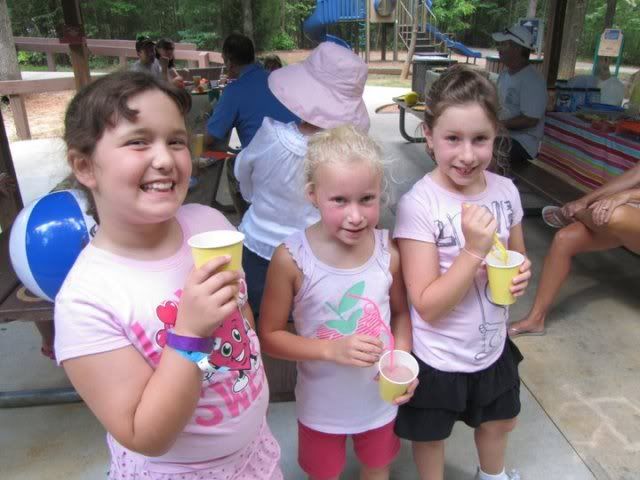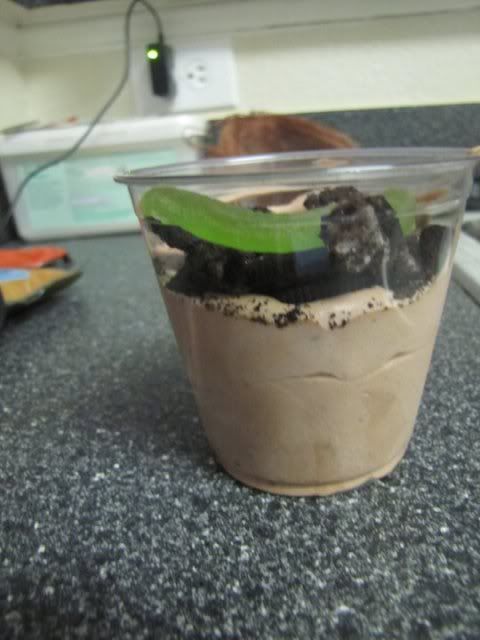Thank you ALL so much for your wonderful questions from the VSP Vision Care videos that I have posted over the last couple of months. I have one more video for you that will be posted Monday. It is another wonderful video that you will want to see.
In the mean time, the VSP Vision Care Doctors have been hard at work answering your questions. Over the next couple of weeks, I am going to be posting the questions and answers here for you. I know I am learning a tremendous amount of info through all these questions and so I know you will too.
Here is the first batch of Q’s and A’s:
1. Besides not being able to throw the ball in the basket, what other signs are there that would indicate that a child had trouble seeing?
Great question. There are several signs to look out for: eye rubbing; head tilting; squinting; losing place while reading; avoiding close work; headaches; behavioral problems.
2. What is the best frame for sports?
We recommend using sports glasses because they offer protection to the eye. It may seem easier to play in contacts, but if you’re, say, riding a bike and lose a contact it could become a serious safety hazard. As for a specific frame, talk with your eye doctor about what fits your best for your specific sport and visit the VSP Center for more information https://www.vsp.com/cms/edc/articles/sports-safety.html
3. At what age can a child start wearing contact lenses?
The typical age is 13, but some as young as 8 are mature enough. Talk with your eye doctor about it and check out these FAQs on contacts: https://vsp.com/cms/edc/articles/fact-vs-fiction.html I always ask whether the child has a current hygiene routine at bedtime that doesn’t require much parental oversight/reminders. (Even a simple one like washing hands/brushing teeth). If so, then likely they are mature enough to add the appropriate care for contacts.
4. What kinds of lenses are recommended for kids? Any specific type or same as what you recommend for adults?
Polycarbonate lenses are best for children because they are impact and scratch resistant. We also recommend the same adults, although adults may require other types of lenses to meet their eyecare needs. Learn more about lenses at VSP’s Center: https://www.vsp.com/cms/edc/articles/unravel-the-mystery-of-eyeglass-lenses.html
5. Are the eye exams given at school by the nurse yearly sufficient?
School nurses most often only provide vision screenings, which are different from a comprehensive exam. Learn more at VSP’s the Center: https://vsp.com/cms/edc/topics/eye-exams.html
6. At what age do eye problems most likely show up in children and babies…would it be early infancy, toddler stage, or later?
Eye problems can occur at any age; and, a comprehensive eye exam is really the only way to detect or rule out eye conditions. The earlier certain conditions are detected, such as eye alignment or needing a prescription for only one eye (versus both) the more effectively they can be treated and amblyopia (lazy eye) could be avoided.
7. Should photochrome be added to the lens?
Photochromatic lenses are a great option if you don’t like switching from sunglasses to regular glasses. These are particularly great for children because they provide additional comfort without any additional effort. The most important thing is to make sure that your lenses have a UV coating on them to protect from UV rays.
8. Are there any negative aspects to requiring all sports activities to wear some sort of protective goggles or eyewear?
There are always tradeoffs. It sometimes can be a little uncomfortable, at least at first, to wear glasses or goggles when we are sweating and running around. But, society generally felt the same way about wearing bicycle helmets just a short time ago. It’s more about taking reasonable precaution to make sure everyone is protected and playing safely.
9. What is the best type of glasses to get for a four year old / five year old?
Your eye doctor can help you pick out a frame that is durable and kid-friendly. Polycarbonate lenses are best for children because they are impact and scratch resistant. The best way to keep the glasses on and from getting lost is with a lanyard to hold them in place.
10. How do you keep an active child from damaging their glasses?
The best way to keep the glasses on and from getting lost is with a lanyard to hold them in place. Also be sure to get a durable frame (ask your eye doctor which frames are kid friendly), and opt for polycarbonate lenses, which are impact and scratch resistant.
Stay tuned to next week for more of your questions answered. In the mean time, you can follow VSP Vision Care on Facebook as well to have questions answered.

